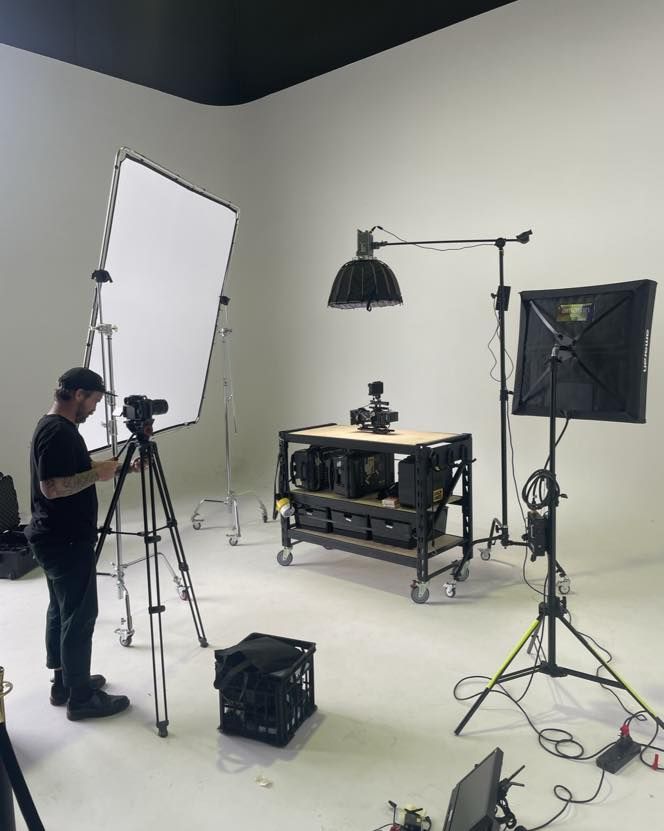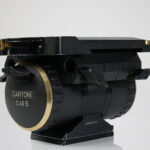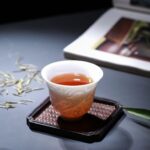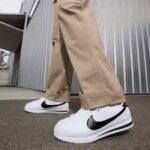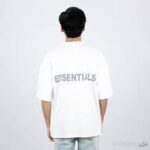Introduction
Creating realistic and durable film props is a critical component of the filmmaking process. The authenticity of props can significantly enhance the visual storytelling of a movie, allowing audiences to feel immersed in the world of the film. In recent years, polyurea film props have become an essential tool for filmmakers due to their ability to combine durability, flexibility, and lifelike appearance. This article will explore the role of polyurea in creating film props, explaining why it is becoming a go-to material for the movie industry.
What is Polyurea?
Polyurea is a fast-curing, versatile material that belongs to the polyurethane-based polymers family. It is known for its exceptional durability, flexibility, and chemical resistance. Industries use polyurea for various applications, such as coatings for floors, tanks, and pipes. Recently, its use in the film industry has grown due to its ability to mimic the appearance and feel of real-world objects, making it ideal for creating film props.
Polyurea stands out from traditional materials used in prop making because filmmakers can apply it in a liquid form, and it cures quickly, often in just a few minutes. This quick curing process makes polyurea an attractive option for those who need to create large quantities of props or require durable yet lightweight ones.
The Advantages of Polyurea in Film Prop Creation
When creating realistic and durable film props, Polyurea offers numerous advantages over traditional materials such as resin, latex, and foam. These advantages are why polyurea film props are becoming increasingly popular. Let’s look at some key benefits of using polyurea for creating film props.
1. Durability
One of the primary advantages of polyurea is its incredible durability. Props made from polyurea are highly resistant to abrasion, impact, and harsh environments. Polyurea film props withstand the wear and tear of filming, ensuring they stay intact throughout the entire production process, whether in a battle scene or an action-packed adventure. This makes polyurea an ideal material for props subject to constant handling, transportation, and interaction with actors and other props.
2. Flexibility and Malleability
Polyurea’s flexibility makes it an excellent choice for creating props that need to be bent, shaped, or manipulated. Unlike more rigid materials, polyurea can maintain its shape and structure even when subjected to stress or deformation. This characteristic allows filmmakers to create props that move and flex naturally, enhancing the scene’s realism. For example, polyurea film props can perform the required action without breaking or cracking in films where a character interacts with an object that needs to bend or flex, such as a weapon or a creature’s limb.
3. Quick Curing Time
The fast curing time of polyurea is one of the most significant advantages when it comes to film prop creation. Traditional prop materials often require hours or even days to cure fully, whereas polyurea cures in minutes, making it a time-efficient option for filmmakers. This quick curing time enables prop makers to create larger props in a shorter time, which is especially useful when dealing with tight shooting schedules.
4. Realistic Appearance
Polyurea can be manipulated to closely resemble a wide range of textures, from smooth and glossy to rough and matte. This adaptability allows prop makers to replicate the appearance of various objects, including metallic surfaces, organic materials, and natural textures like stone or wood. Polyurea film props can achieve an exceptionally realistic appearance that blends seamlessly into the set and matches the intended visual style of the film.
5. Lightweight Nature
Despite its strength and durability, polyurea remains relatively lightweight compared to traditional alternatives like metal, fibreglass, or resin. This makes it easier for filmmakers to handle and manipulate polyurea film props on set, which is especially useful for props actors need to use for extended periods. Lightweight props also reduce the risk of injury or fatigue for actors, particularly during complex choreography.
6. Cost-Effectiveness
Although the initial cost of creating polyurea film props might be higher than other materials, the long-term benefits make polyurea a cost-effective option. Due to its durability and ability to withstand repeated use, polyurea props require less frequent replacement than other materials. The quick curing time also enables prop makers to work more efficiently, reducing labour costs and production delays.
How Polyurea is Used in Film Prop-Making
Polyurea is used in various ways to create functional and aesthetic film props. Below are some common applications for polyurea film props in the film industry:
1. Weapons and Armor
Filmmakers often use polyurea to create realistic weapons anarmourror for action movies, fantasy films, and historical epics. The flexibility of polyurea allows prop makers to craft intricate and durable sword handles, shields, helmets, and other protective gear. Additionally, because polyurea can mimic metals like steel or bronze, weapons armourers made from this material appear authentic while remaining lightweight and easy to manage on set.
2. Creature Prosthetics and Body Parts
Polyurea is ideal for creating creature prosthetics, such as monster limbs, animal heads, or even full-body suits. The material’s flexibility allows it to mimic the natural movements of skin and muscle, giving actors wearing these prosthetics a more realistic experience. Moreover, polyurea’s durability ensures the prosthetics remain intact during complex scenes involving heavy movement or physical action. Polyurea film props can also be designed to look incredibly lifelike, making them ideal for fantasy and sci-fi movies that require fantastical creatures or supernatural beings.
3. Sets and Background Props
Polyurea can create large set pieces or background props, such as statues, furniture, or architectural elements. Its ability to mould into various shapes and its realistic textures make it a great option for building large, detailed set pieces. Polyurea film props in this category can help set the ambience of a film, from ancient ruins to futuristic spaceships.
4. Vehicles and Mechanical Props
Filmmakers use polyurea to create vehicles and mechanical props that need to look realistic and withstand heavy use. For example, they use polyurea to make parts of vehicles that may be destroyed or damaged during a film’s action scenes. Polyurea’s impact resistance ensures that props such as car parts, mechanical devices, and futuristic vehicles hold up during even the most intense sequences.
The Future of Polyurea in Film Production
As the film industry evolves, advanced materials like polyurea will likely become more common. Its durability, flexibility, cost-effectiveness, and realistic appearance make it invaluable for filmmakers. Polyurea helps create high-quality props that enhance the viewing experience.
With more focus on special effects and practical props, polyurea film props will likely play a bigger role in creating immersive film worlds. The versatility of polyurea offers endless creative possibilities. Its rapid adoption by propmakers shows how well it meets the needs of modern filmmakers.
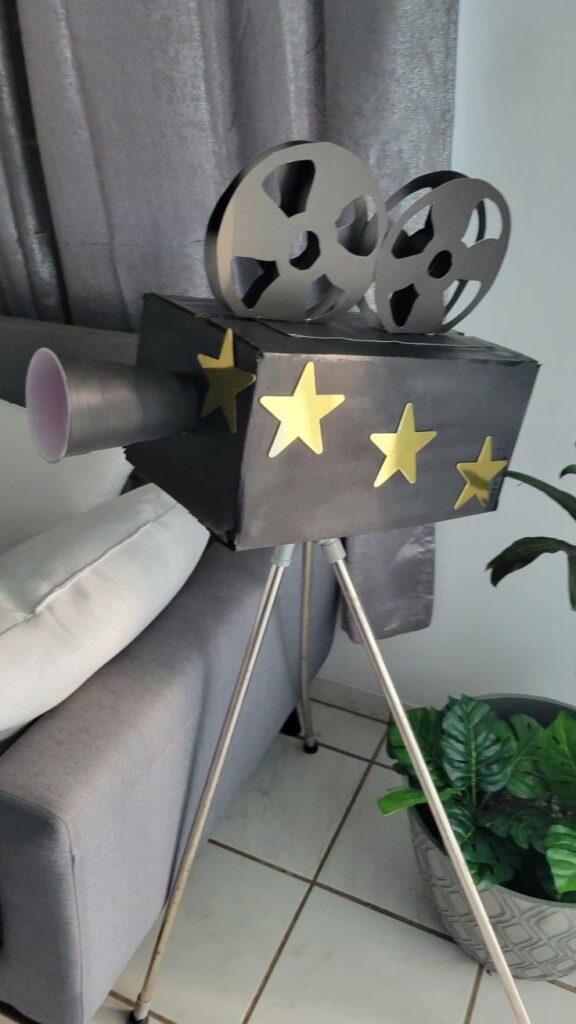
Conclusion
Polyurea has quickly established itself as an indispensable material in film prop creation. Polyurea film props offer durability and flexibility. They provide realism that traditional materials can’t always match. These props include weapons, armour, creature prosthetics, and set pieces. Polyurea can be moulded, shaped, and painted into various textures. It’s a versatile tool for filmmakers.
As the film industry adopts new technologies, polyurea stays at the forefront. It helps bring ambitious visions to life. Filmmakers use it to create visually impressive props. The props are durable and can withstand the demands of filmmaking.
FAQs
1. What is polyurea, and why is it used for film props?
Filmmakers use polyurea, a polyurethane-based polymer, for its durability, flexibility, and quick curing time. It mimics the appearance and feel of real-world objects while remaining lightweight, durable, and resistant to wear and tear, making it ideal for film props.
2. What types of film props can be made from polyurea?
Polyurea can create various film props, including weapons armourcreature prosthetics, body parts, vehicles, and large set pieces. Its versatility lets artists mould it into intricate shapes and texture it to resemble metal, wood, or stone.
3. How does polyurea improve the filmmaking process?
Polyurea improves filmmaking by offering a durable, flexible, and realistic material for creating props. Its quick curing time allows prop makers to work efficiently, while its durability ensures that props withstand the rigour of filming, reducing the need for replacements and minimizing costs.
4. Is polyurea expensive to use for film props?
While polyurea may have a higher upfront cost than other materials, its durability, and long-lasting nature make it a cost-effective choice in the long run. Props made from polyurea require less frequent replacement, and its quick curing time saves labour costs.
5. Can polyurea be painted to achieve different textures and finishes?
Yes, you can paint and texture polyurea to achieve a variety of finishes, allowing it to closely resemble materials like metal, stone, or skin. This customization ability makes polyurea an excellent choice for creating realistic and visually striking film props.
Explore more: hadokin



